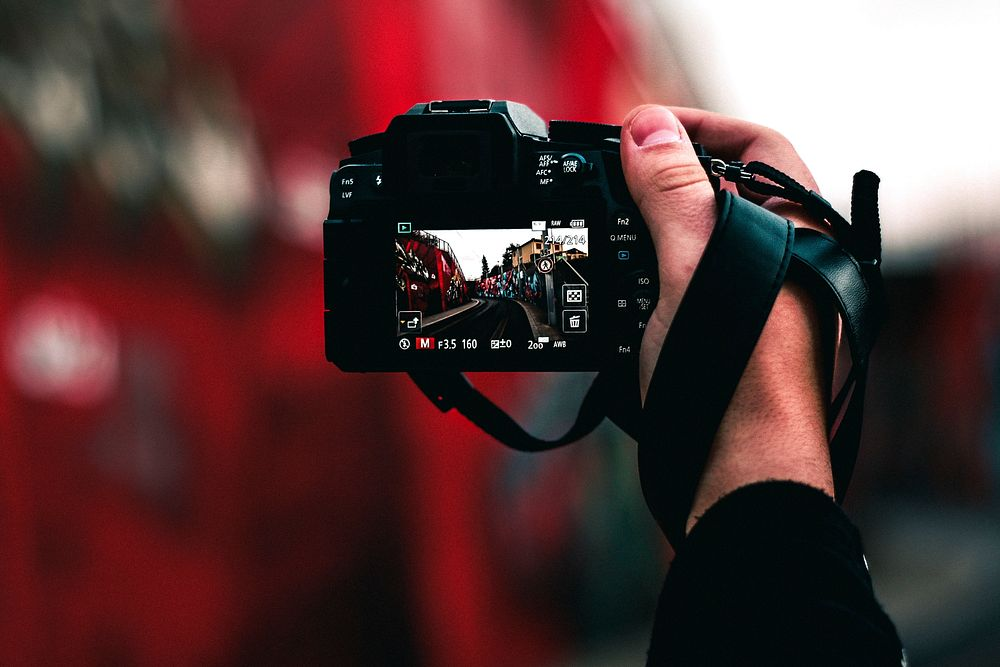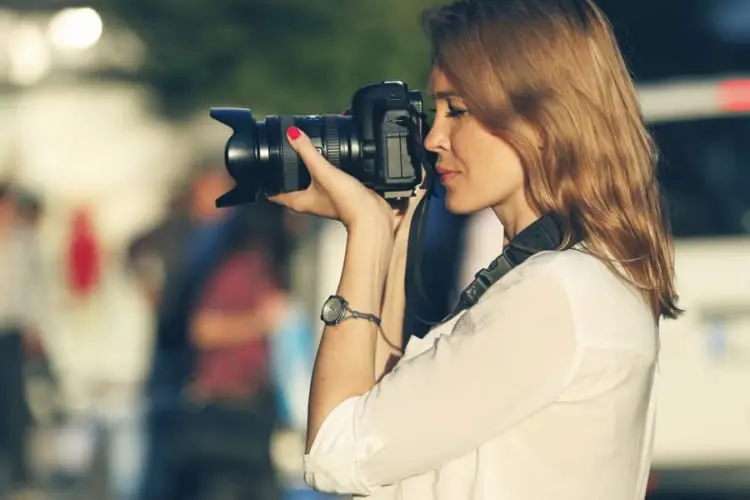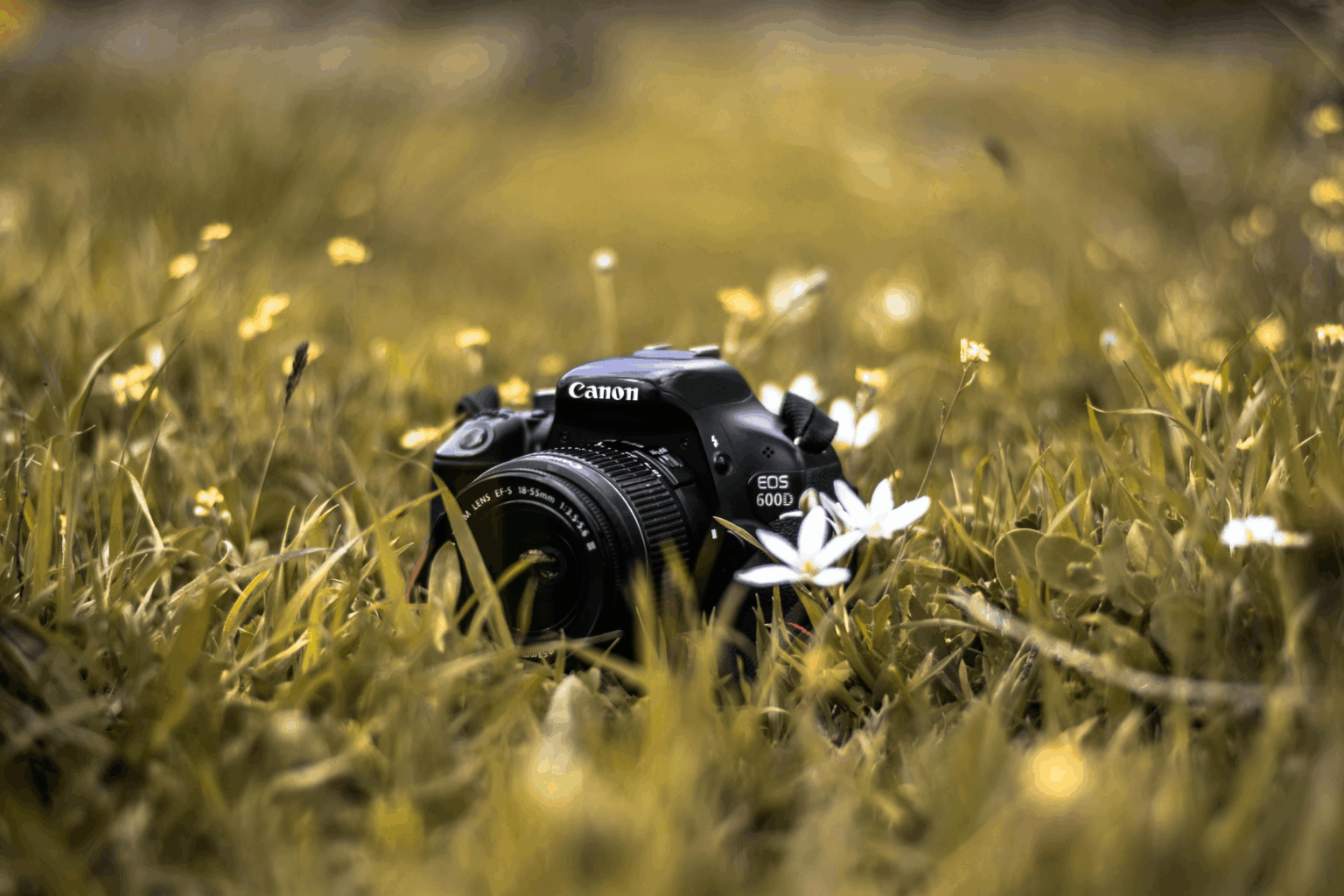For a lot of people, the experience of photographing the stars, capturing galaxies and celestial phenomena is truly rewarding.
As long as the right settings, techniques and equipment are understood, anyone with a DSLR camera can embark on this rewarding and fascinating journey! The following are the steps to follow setting a DSLR for photographing stars.
Choose the Location
Among the most important steps for photographing stars is to pick the right location. If you’re situated in a light polluted city, capturing stars will be almost impossible.
Your next best options would be rural regions, national parks or mountain tops. There are websites and smartphone apps to help you gauge the light pollution.
Takes great care to ensure there are no more than a few clouds in the night sky and that the humidity is low. The moisture and haze will be detrimental to your photographs.
Choose the Right Camera and Lens
Any DSLR can take pictures of stars but a full-frame camera is more useful since it gives better low-light performance. Pair your DSLR with a wide-angle lens for astrophotography.
The ideal focal length is between 14mm and 24mm and a wide maximum aperture like f/2.8 and lower. Star-focused photography requires wide and fast lenses.

The less distortion a lens has, the better, since you want the stars to be sharp and crisp points rather than blurred streaks.
Camera Stabilization
A sturdy tripod is essential for astrophotography as it captures images of stars. The camera must be fixed for the extended time the stars are being shot.
Whatever the terrain, the tripod must be stable and during the shot, the camera must not be touched. The built-in timer and remote shutter release are best as they can reduce vibration.
Camera Settings: ISO, Aperture, and Shutter Speed
In order to photograph stars well, you need to get your camera settings right. For complete control over exposure, start shooting in manual mode.
Set your aperture to the widest setting to collect the maximum amount of light. For shooting stars, a high ISO of 1600 to 3200 is useful, but a lower ISO will capture less noise, so find the right balance.

The amount of time your shutter is open is crucial to get star photos without trails. The rule of thumb is the “500 Rule.
Take 500, and divide it by your lens focal length to get the maximum time in seconds to expose before the stars start trailing. If you have a 20mm lens, you would get, 500 ÷ 20 = 25 seconds of exposure.
Focusing on the Stars
Dark conditions make it more difficult to focus, but star photos will not be sharp without a focus. For focus, set the lens to manual and to infinity.
Use live view on your camera and focus on a bright star or light in the distance to get fine focus.
Many photographers like to use the “focus peaking” function, or just take test shots and adjust focus until the stars are sharp.
Consider Composition
Astrophotography is also about composing a beautiful picture. Adding context and creating depth can be achieved using elements like trees, mountains, and lakes.
There are a variety of ways to create a stunning and interesting picture using leading lines, silhouettes, and reflections and prompting viewers to engage with your scene.
Experiment with Long Exposures and Stacking
For more advanced star photography, try longer exposures or stacked photography. With longer exposures, faint stars and the Milky Way can be captured, but star trails become a risk.
A solution that many photographers use is to take multiple shorter exposures and use stacking software to eliminate noise and increase detail in the final image.
Post-Processing Tips
In star photography, post-processing can be very important. With programs like Adobe Photoshop or Lightroom, you can silence, contrast, and adjust exposure, white balance as well as soften images.

While exposing individual stars, the Milky Way can also be enhanced to give a more natural feel to the image. Always process RAW files while star photography to retain detail and flexibility.
Conclusion
There is satisfaction in capturing the night sky with a DSLR, as it blends technical expertise with artistry.
Your efforts can yield great images of stars and even some galaxies if you pick a dark site, set the camera in a stable position
Set the ISO, aperture, and shutter speed, then focus and compose the image carefully. Each night sky has its own wonders to unveil, so take the time to practice and experiment.

